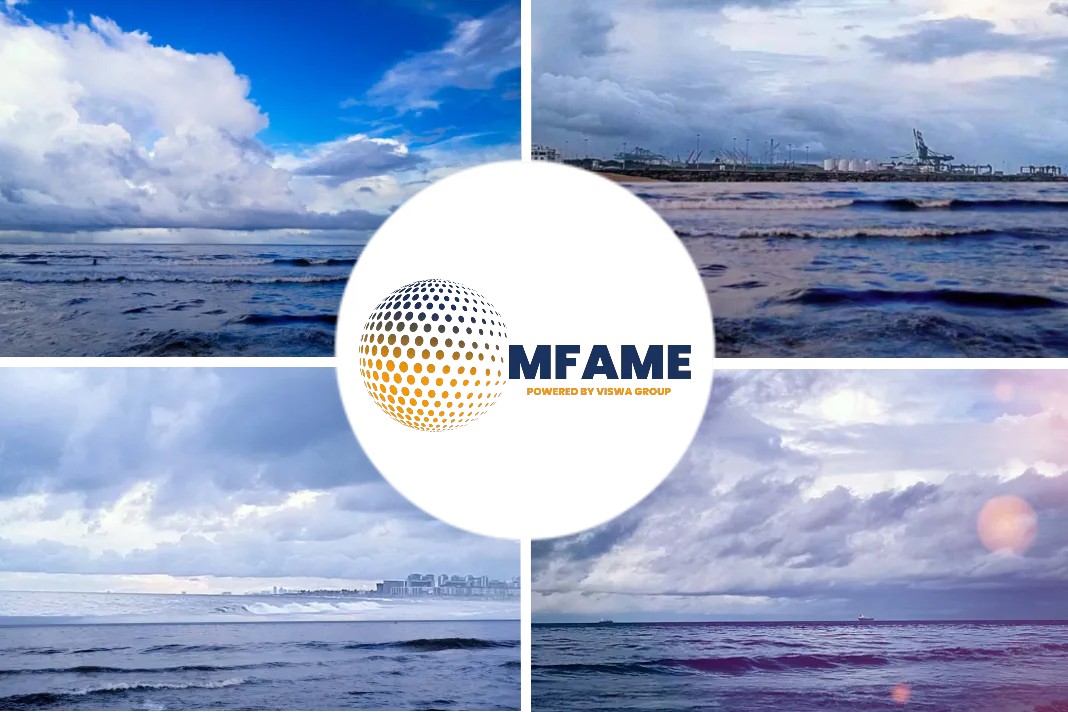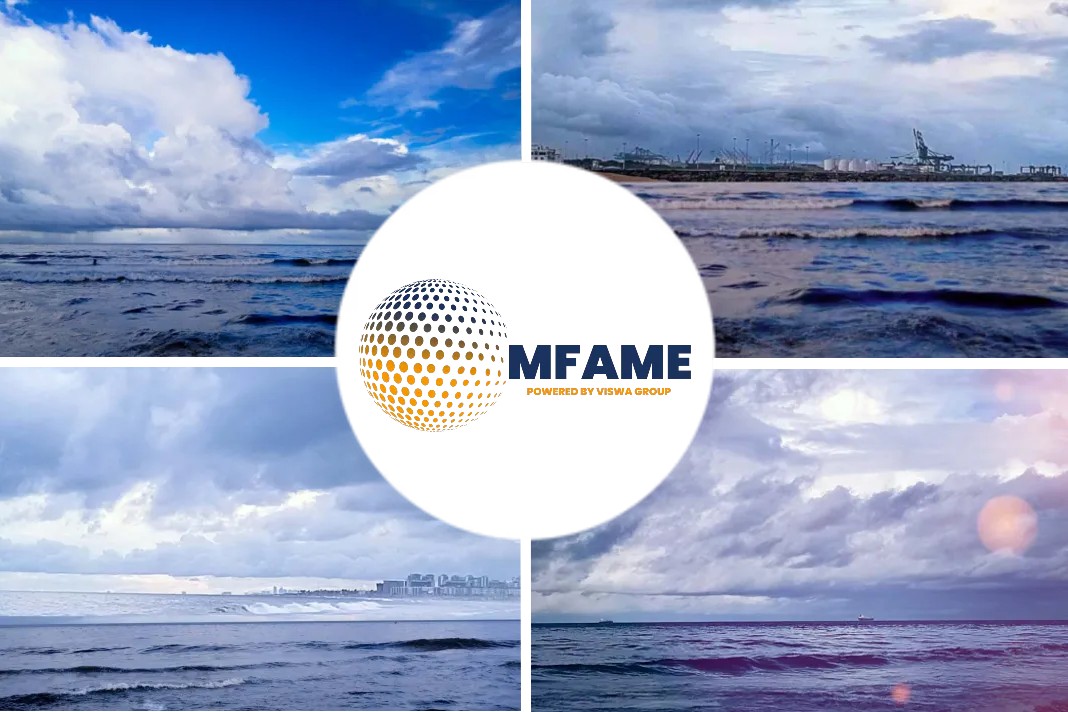As the coronavirus crisis continues, and begins to impact global share prices, Maersk’s guidance for a mid-point lower ebitda of $200m less than 2019 looks increasingly inadequate, writes LoadStar reporter Mike Wackett.
No one Can predict Coronavirus Impact
However, in fairness to the Danish logistics giant, no economics experts can realistically claim to accurately predict the final financial damage from Covid-19.
Maersk Peers To Be Affected?
And its peers, like MSC, with its additional investment in the cruise line business that is likely to be hammered by the virus, and the highly-leveraged CMA CGM, also face considerable uncertainty in the coming months.
Maersk Speaks from Exposure & Experience
But, as the world’s biggest container carrier, it follows that Maersk has the largest exposure to a global slowdown induced by a coronavirus pandemic.
During the carrier’s earnings call last week, chief executive Soren Skou confirmed that the virus outbreak was impacting all its businesses; particularly in Ocean, where around 30% of its total trade will be directly affected, given the importance of China to global trade.
“We also have a terminals business and a significant logistics and warehousing business in China,” said Mr Skou.
Stating that an ebitda result this year of $5.5bn, compared with the $5.7bn for 2019 was “our best estimate, given what we know today”, Mr Skou added.
“I don’t think we can give more guidance to our guidance… there’s not the kind of visibility that we would like to have and there’s still plenty of risk out there.”
The Key Risks
Maersk has highlighted 10 key risks it faces in achieving its 2020-2024 business plan, and at the time the risk landscape analysis was probably compiled, the coronavirus was unheard of.
Risk 1
At the top of Maersk’s key risk analysis is the potential for a “failure of its ocean strategy”. It said that in order for its ocean business to be stable “it must be de-commoditised”.
“In the current state of the container liner industry, most players are price takers almost entirely dependent on supply and demand,” it said.
It needed to provide “added-value propositions to customers” through the development of different products, such as its Maersk Spot offering, which it claims now accounts for 24% of its spot bookings – just under half of its total spot liftings.
Risk 2
Second in its risk list is failure to recover the cost of IMO 2020 from its customers.
“In the short-term, the risk is that Maersk will not be able to recover the additional cost from its customers,” said the analysis. One element of that risk was that the “demand-supply balance makes recovery of the added cost difficult”.
It noted, however, positively that “tendered contracts are being concluded with new bunker adjustment factor clauses”. Indeed, Mr Skou confirmed that at the halfway stage of contract negotiations, it was a case of “so-far-so-good”. He did however have some concerns that the remaining contracts would be renewed against a weak freight rate background.
Risk 3
The third risk identified in the analysis is that as Maersk implements its integrator strategy, it could lose cost discipline.
Its transformation into “a global integrator of container logistics” would entail “some dilemmas in its Ocean business in respect of cost excellence as the product offering broadens and flexibility towards customers is required”.
Other Risks
Maersk’s risk analysis number four is being hit by another cyberattack; fifth is failure to build a strong logistics and services business; six is being hit by a large compliance case; seven is the failure to build industry-leading technology platforms; eight is failure to implement end-to-end core processes; and nine the failure to sustainably complete the transformation of APM Terminals, given that the business has several of its operating concession agreements expiring or up for renewal soon.
Number 10, and the final risk identified, is that Maersk may not have the skills within its organisation to achieve its ambitious transition.
Did you subscribe to our daily newsletter?
It’s Free! Click here to Subscribe!
Source: The LoadStar















